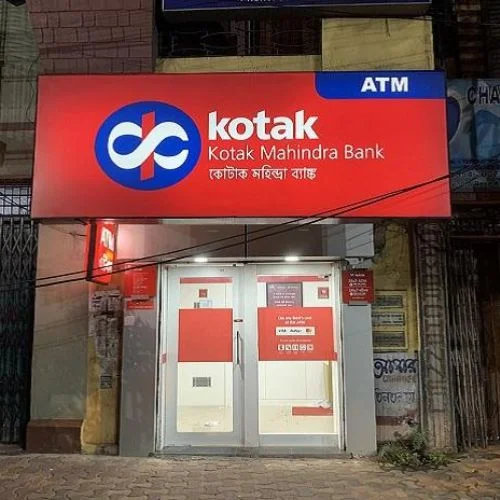India and Russia have reportedly suspended negotiations on a bilateral trade settlement mechanism in rupees. The discussions aimed to establish a permanent payment mechanism in rupees to facilitate cheaper transactions between the two countries, particularly in relation to India’s import of coal and oil from Russia.
However, Moscow’s reluctance to accumulate rupees due to the high trade gap in its favor and India’s low share of global exports have stalled progress on this issue.
The suspension of negotiations on a rupee settlement mechanism is a significant setback for Indian importers of cheap oil and coal from Russia, who were awaiting a permanent payment mechanism to help lower currency conversion costs. According to Indian government officials, most trade is currently conducted in US dollars, with an increasing amount being carried out in other currencies such as the UAE dirham. Indian traders have also reportedly been settling some of their trade payments outside of Russia.
Russia is reportedly uncomfortable holding rupees and would prefer payment in other currencies such as the Chinese yuan. Despite the suspension, trade between India and Russia is continuing via various payment methods, including the use of third-party countries.
It is worth noting that discussions on facilitating trade in local currencies have not yielded formal guidelines. India began exploring a rupee settlement mechanism with Russia in the wake of Russia’s invasion of Ukraine in February 2022. Despite a twelve-fold increase in India’s imports from Russia to $51.3bn between February 2022 and April 2023, the discussions have not resulted in a reported deal.
Indian government officials have acknowledged that trade with Russia has been continuing despite sanctions and payment issues. Payments have been made to a third country which route it or offset it for their trade with Russia. It is also reported that money has been routed via China.
The predicament brings to the fore the difficulties of negotiating trade settlement systems between nations with disparate economic interests and currency valuations. India is seeking to decrease currency conversion costs by transacting business in rupees, but Russia’s inclination towards other currencies suggests a desire to maintain the value of its trade surplus.
The cessation of negotiations concerning a rupee settlement mechanism emphasizes the necessity for countries to consider other methods for trade settlement. Third-party countries are increasingly being employed to facilitate trade deals, particularly in cases where the two sides are unable to come to a consensus on a preferred currency.
To conclude, while the suspension of negotiations on a rupee settlement mechanism is a setback for India, it does not completely halt trade between the two nations. We hope that alternative mechanisms for trade settlement will be explored, and solutions found to foster mutually advantageous trade between India and Russia.















